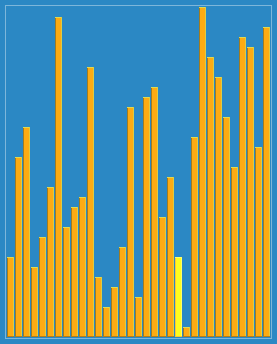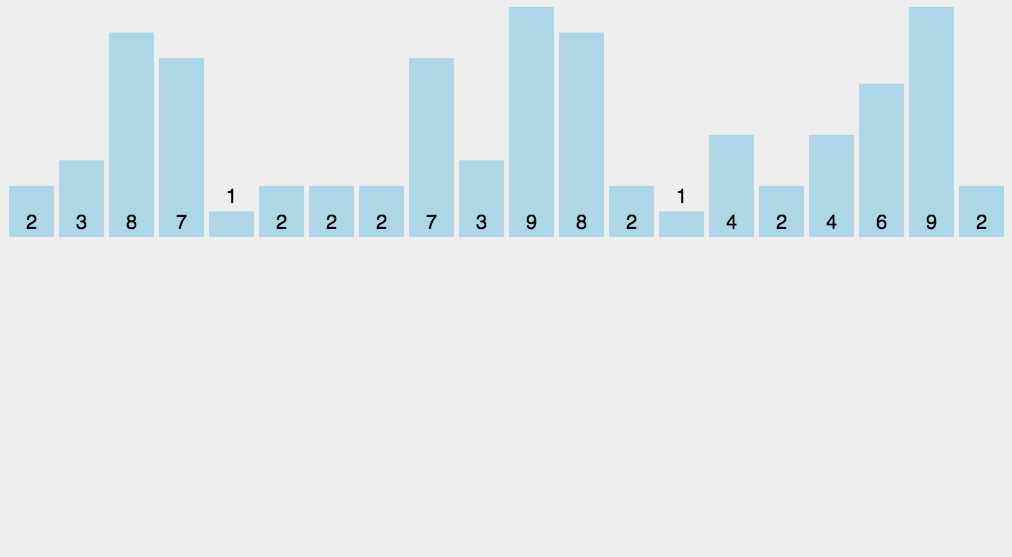Define a List and Swap Two Elements at Specified Positions
This Python code demonstrates how to define a list and swap two elements at specified positions. Several implementations are provided, each achieving the same result.
Example:
Swap the first and third elements in the list.
Before Swap:
List = [23, 65, 19, 90], pos1 = 1, pos2 = 3
After Swap:
[19, 65, 23, 90]
Example 1: Basic Swap Using Tuple Assignment
def swapPositions(list, pos1, pos2): # Swap the elements at pos1 and pos2 using tuple assignment list[pos1], list[pos2] = list[pos2], list[pos1] return list # Define the list and positions List = [23, 65, 19, 90] pos1, pos2 = 1, 3 # Call the function and print the result (adjusting for zero-indexing) print(swapPositions(List, pos1-1, pos2-1))
Output:
[19, 65, 23, 90]
Example 2: Swap Using pop() and insert()
def swapPositions(list, pos1, pos2): # Remove the elements at pos1 and pos2 and store them first_ele = list.pop(pos1) second_ele = list.pop(pos2 - 1) # Adjust for the earlier removal # Insert them back in swapped positions list.insert(pos1, second_ele) list.insert(pos2, first_ele) return list # Define the list and positions List = [23, 65, 19, 90] pos1, pos2 = 1, 3 # Call the function and print the result (adjusting for zero-indexing) print(swapPositions(List, pos1-1, pos2-1))
Output:
[19, 65, 23, 90]
Example 3: Swap Using a Tuple to Store Values
def swapPositions(list, pos1, pos2): # Store the elements at pos1 and pos2 in a tuple get = list[pos1], list[pos2] # Swap the elements using tuple unpacking list[pos2], list[pos1] = get return list # Define the list and positions List = [23, 65, 19, 90] pos1, pos2 = 1, 3 # Call the function and print the result (adjusting for zero-indexing) print(swapPositions(List, pos1-1, pos2-1))
Output:
[19, 65, 23, 90]
Explanation:
Example 1 uses tuple assignment to swap the two elements directly.
Example 2 demonstrates how to remove elements using
pop()and reinsert them at the desired positions usinginsert().Example 3 shows how to use a tuple to store the elements temporarily before swapping them.
All implementations result in the specified elements being swapped effectively, producing the same output.


